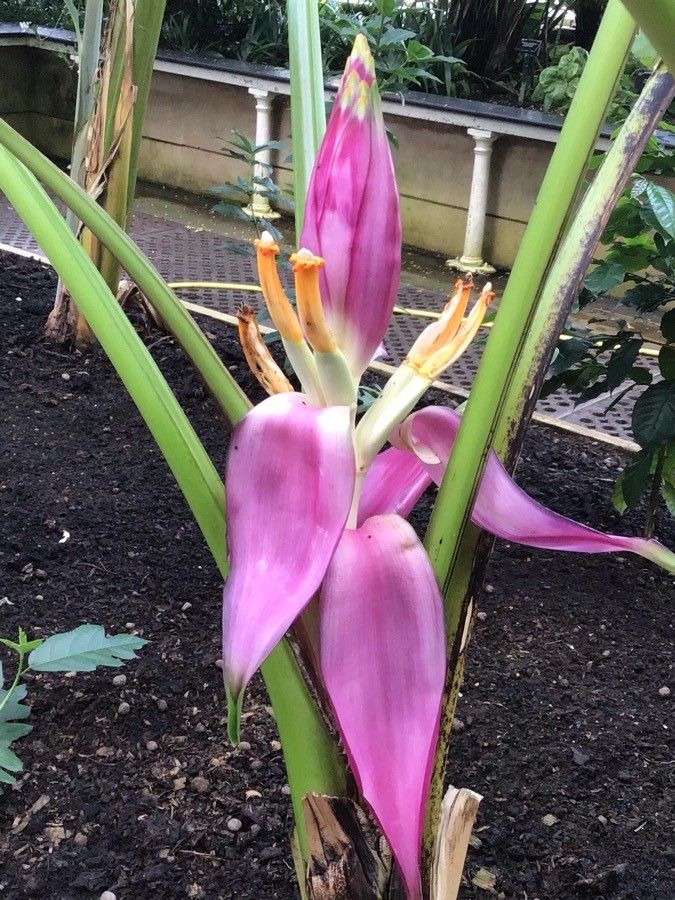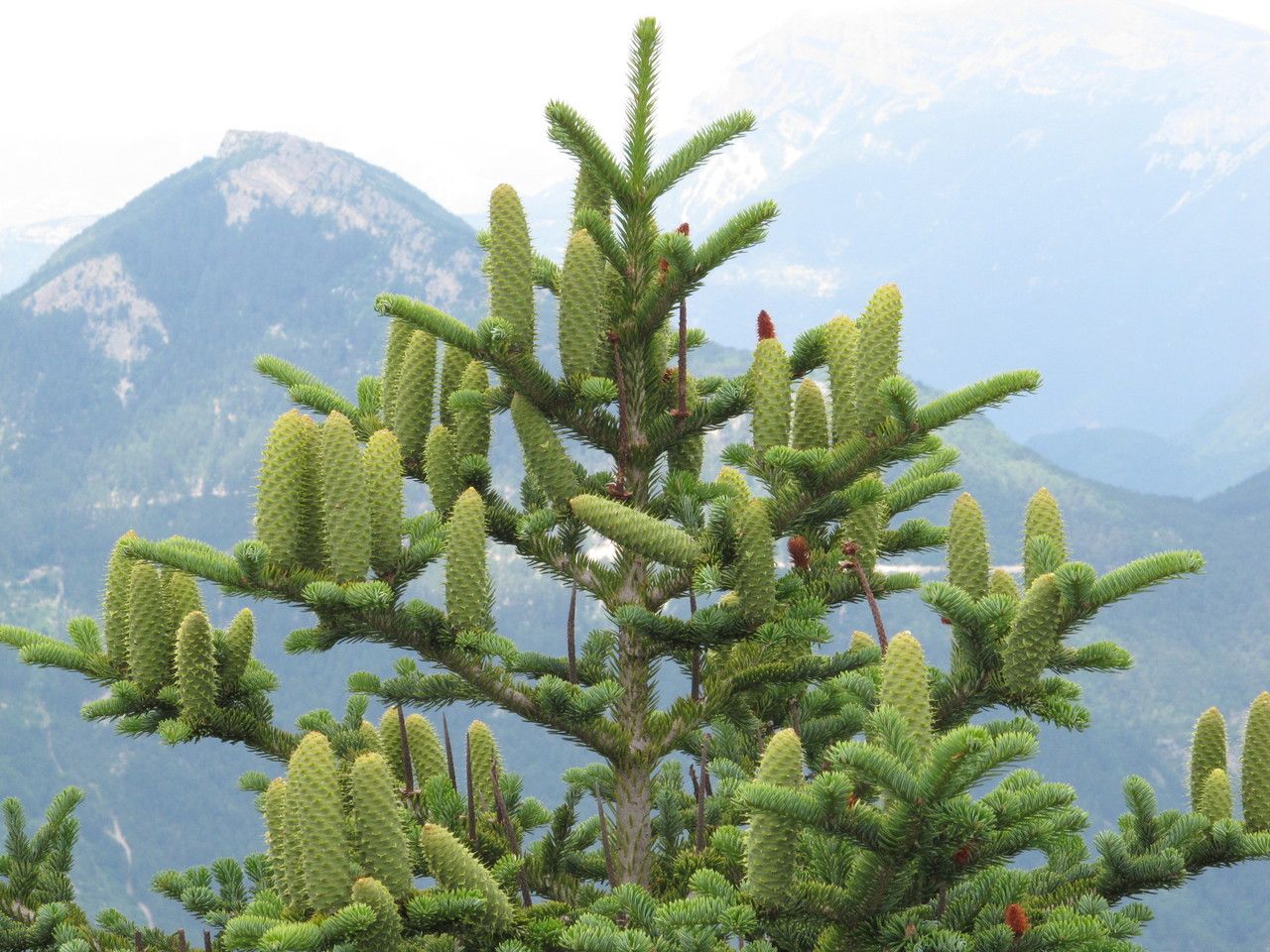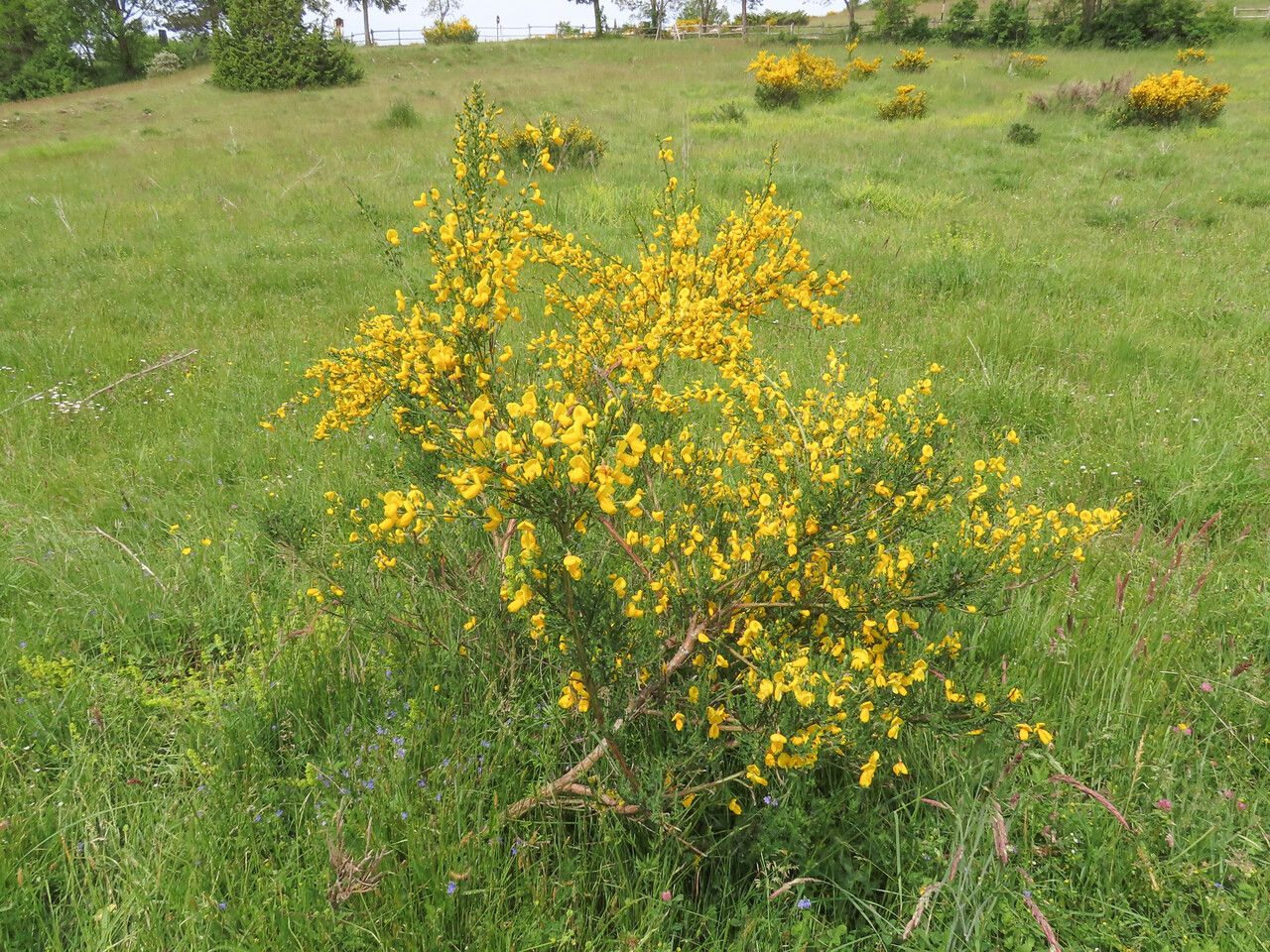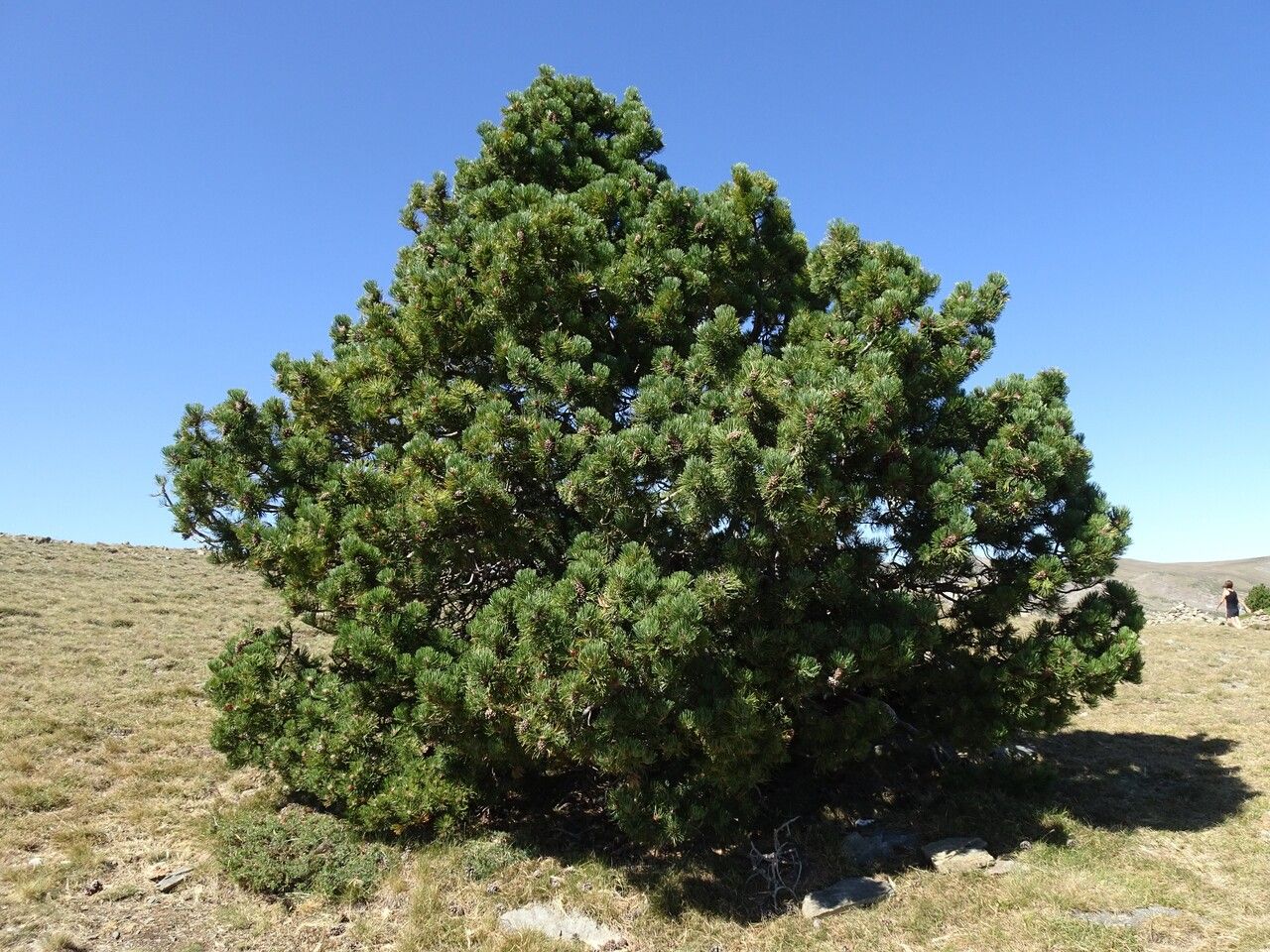## Swamp Banana: A Botanical Marvel
The swamp banana, a captivating member of the *Musaceae* family, is a truly unique plant that adds a touch of the exotic to any garden, provided you can meet its specific needs. While it shares the family name with its more common cousins, the culinary bananas, the swamp banana offers a distinct aesthetic appeal with its striking foliage and intriguing growth habits. Unlike its edible relatives, the swamp banana's fruit is not typically consumed.
### Habitat and Growth
True to its name, the swamp banana thrives in moist, even swampy, environments. It’s a plant that appreciates consistently damp soil and thrives in humid climates. Naturally, it's found in the tropical and subtropical regions of the world, often along riverbanks, in marshlands, or in areas with high humidity and abundant rainfall. It requires partial shade to full shade, as direct, intense sunlight can scorch its large leaves.
### Soil Needs
The swamp banana demands rich, organic soil that retains moisture exceptionally well. Well-draining soil is crucial; while the plant loves moisture, it can't tolerate sitting in stagnant water. Adding peat moss, compost, or other organic matter to the soil significantly improves its ability to retain moisture while maintaining good drainage. Testing the soil's pH is also recommended; slightly acidic to neutral soil (pH 6.0-7.0) is ideal.
### Sun Exposure
As mentioned, the swamp banana prefers shaded or partially shaded conditions. Avoid planting it in areas exposed to full sun, particularly during the hottest parts of the day. The intense sunlight can damage its leaves, leading to browning and wilting. A location that receives dappled sunlight or filtered light through trees is perfect.
### Propagation and Care
Swamp bananas can be propagated through rhizomes, similar to other members of the *Musaceae* family. Dividing the rhizomes during the warmer months is an effective method. Regular watering is essential, particularly during dry periods. Ensure the soil remains consistently moist but not waterlogged. Applying a balanced, slow-release fertilizer once or twice a year can promote healthy growth. Mulching around the base of the plant can help retain moisture and suppress weeds.
### Potential Challenges
While relatively low-maintenance, the swamp banana can be susceptible to pests and diseases, especially in poorly drained soils or with inadequate air circulation. Regularly inspect the plant for signs of pests or diseases and take appropriate action if necessary. Fungal diseases are a potential threat in overly wet conditions, so proper drainage is vital.
### Conclusion
The swamp banana is a visually stunning addition to any garden with suitable conditions. Its unique appearance and tolerance for wet areas make it a fascinating choice for water-feature landscaping or areas with naturally moist soil. With proper care and attention to its specific needs, this tropical beauty will reward you with its remarkable foliage and unique character. Remember to always consult your local gardening resources for the most accurate advice based on your specific geographical location and climate.
Swamp Banana: Guide to Growing This Unique Plant

Frequently Asked Questions
How do I care for a swamp banana plant?
Swamp bananas need consistently moist, well-draining soil rich in organic matter. They thrive in partial to full shade and benefit from regular watering and occasional fertilization. Protect them from strong sunlight and monitor for pests and diseases.
What type of soil does a swamp banana need?
Swamp bananas require rich, organic soil that retains moisture but also drains well to prevent root rot. A slightly acidic to neutral pH (6.0-7.0) is ideal. Amend heavy clay soils with organic matter like compost and peat moss.


